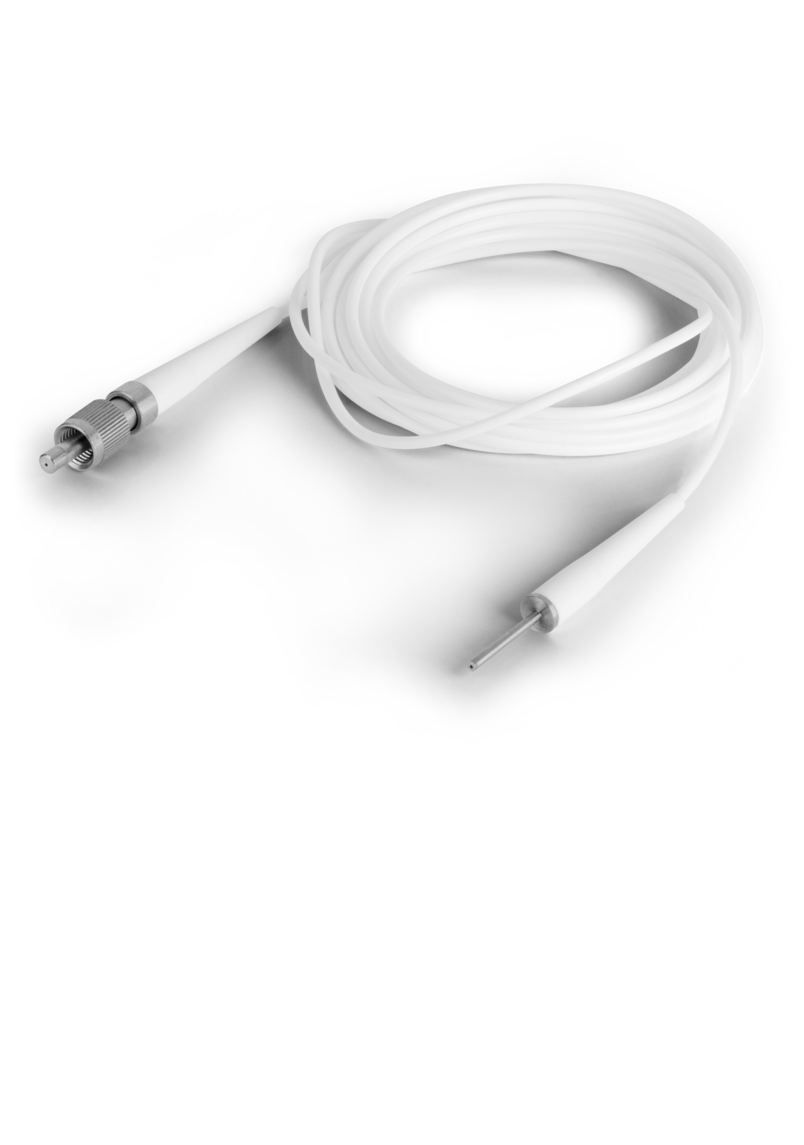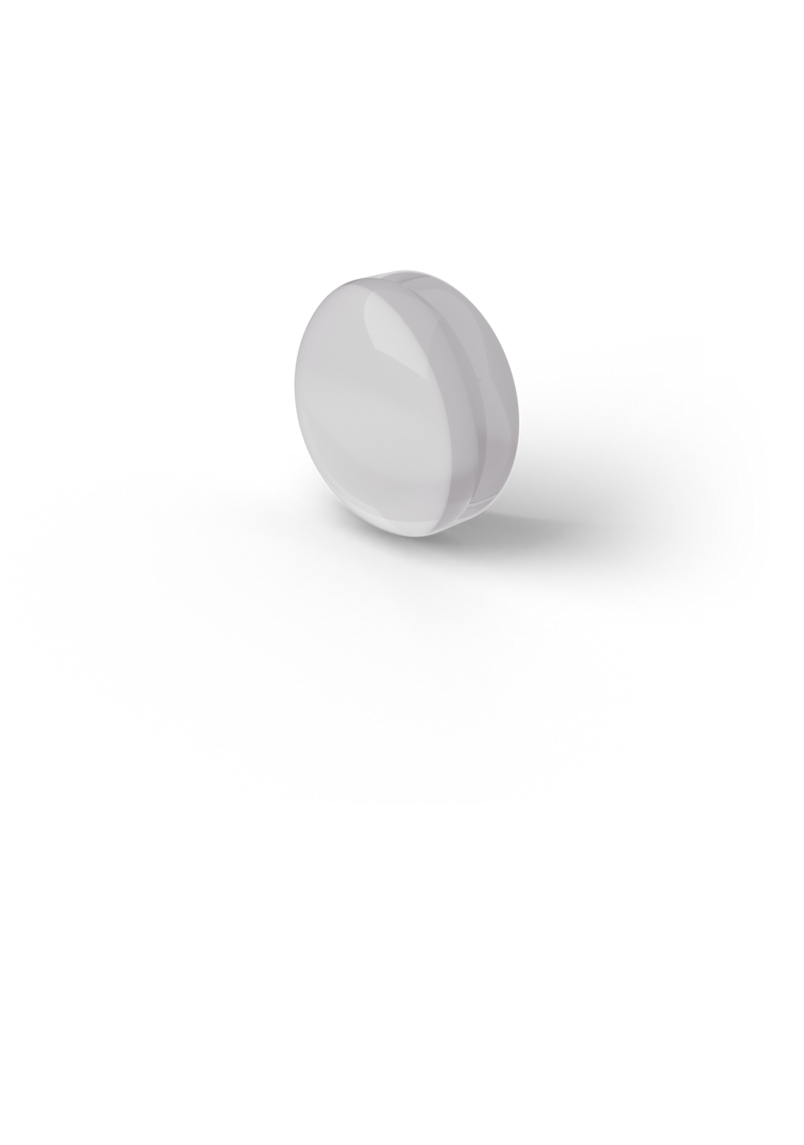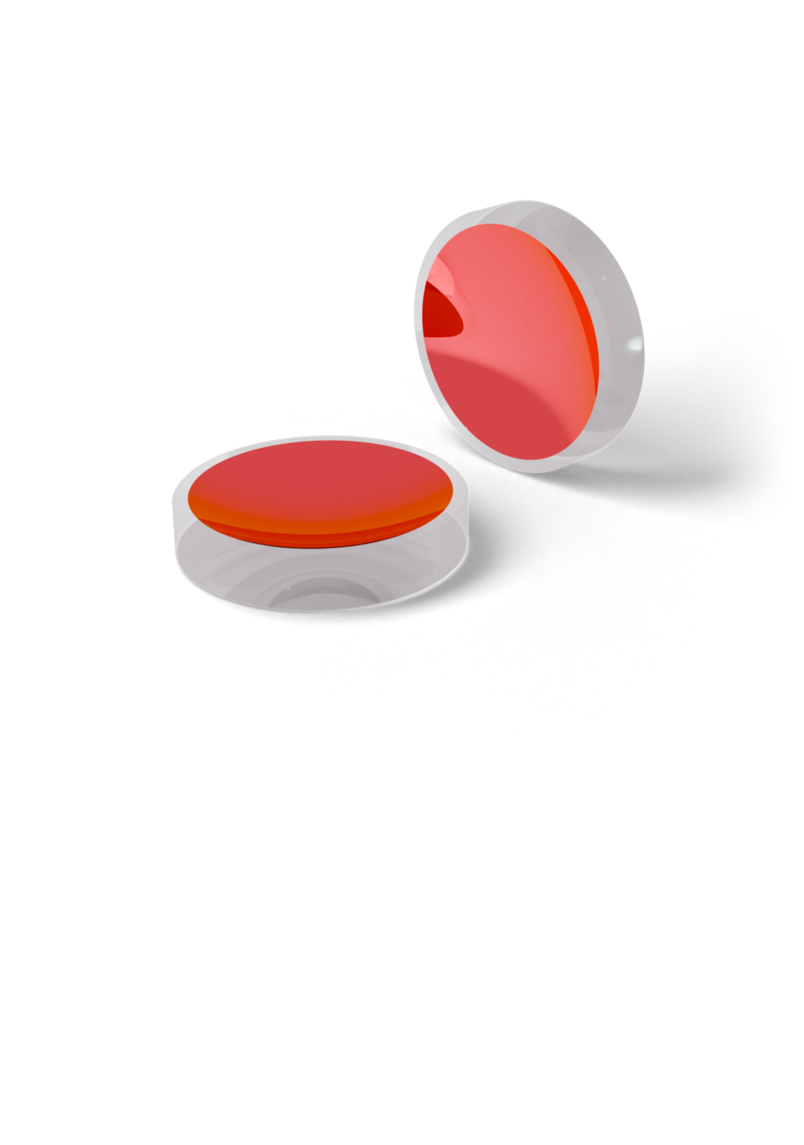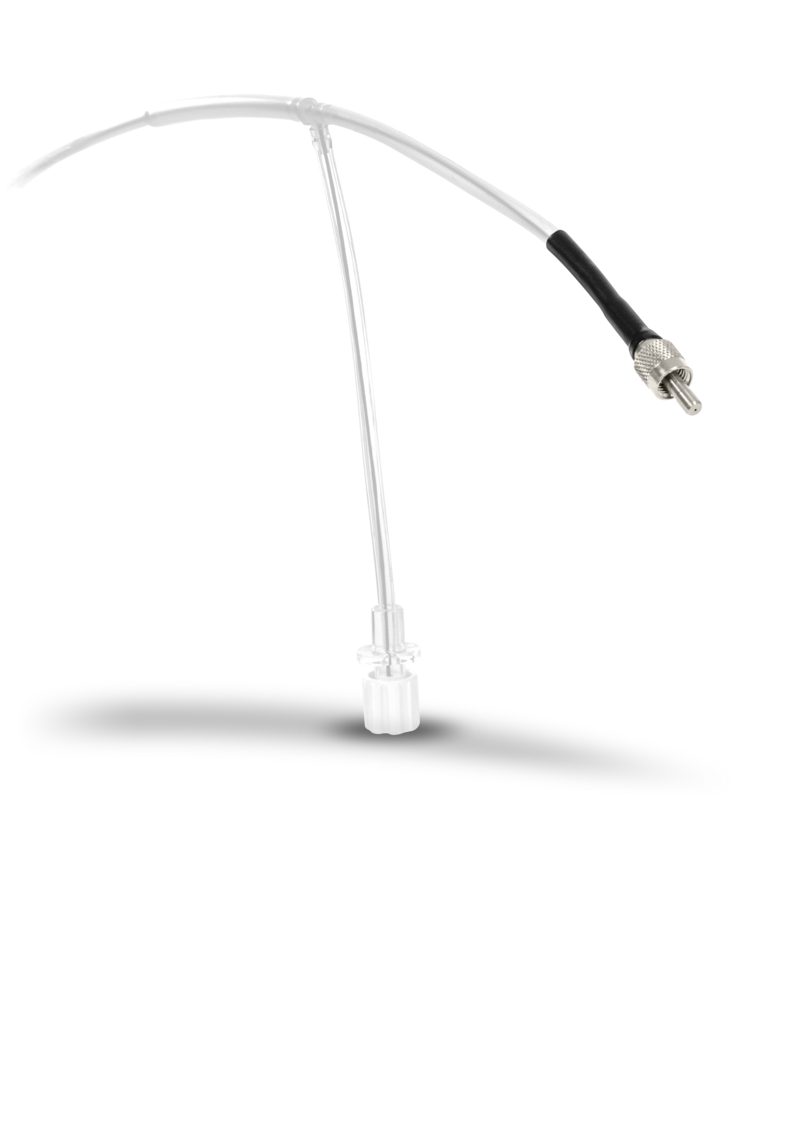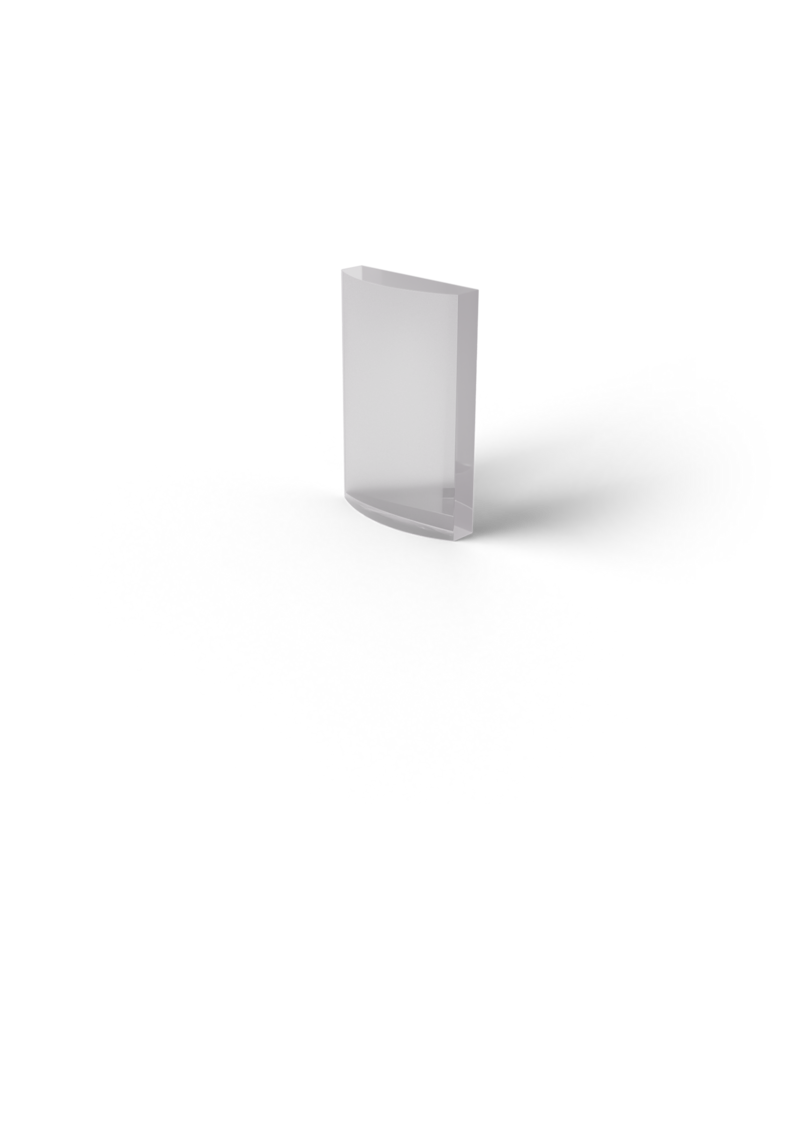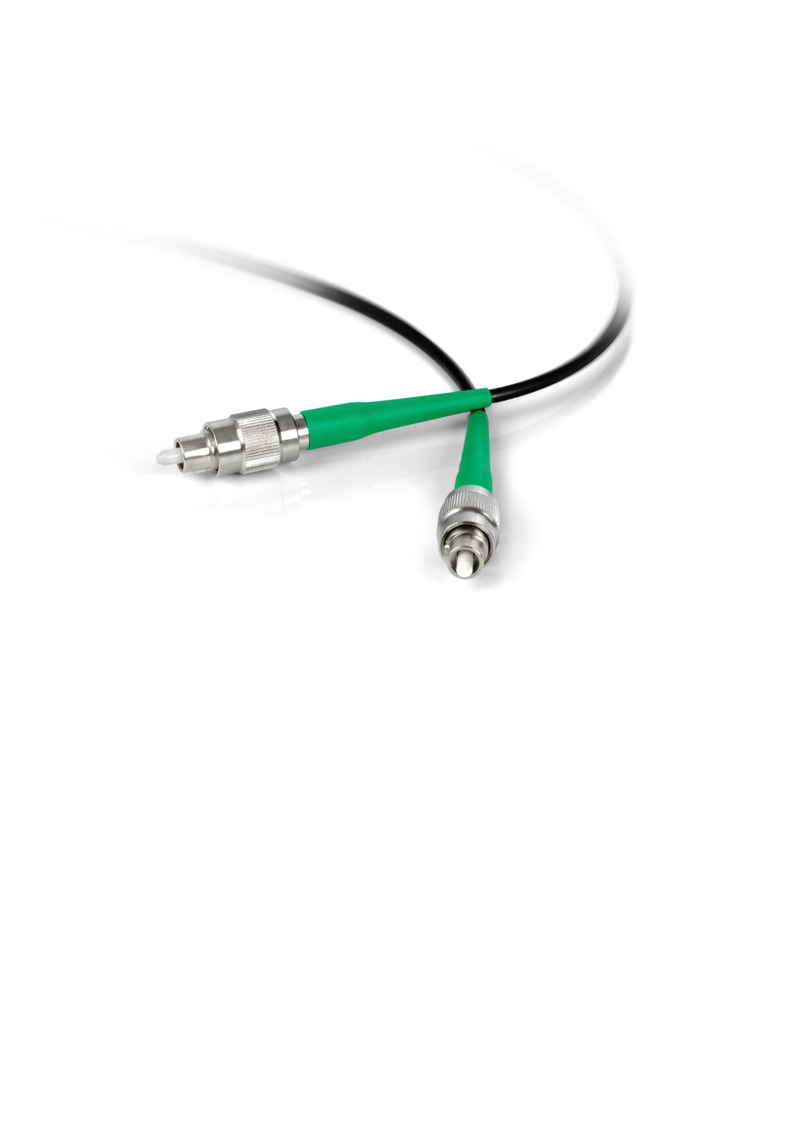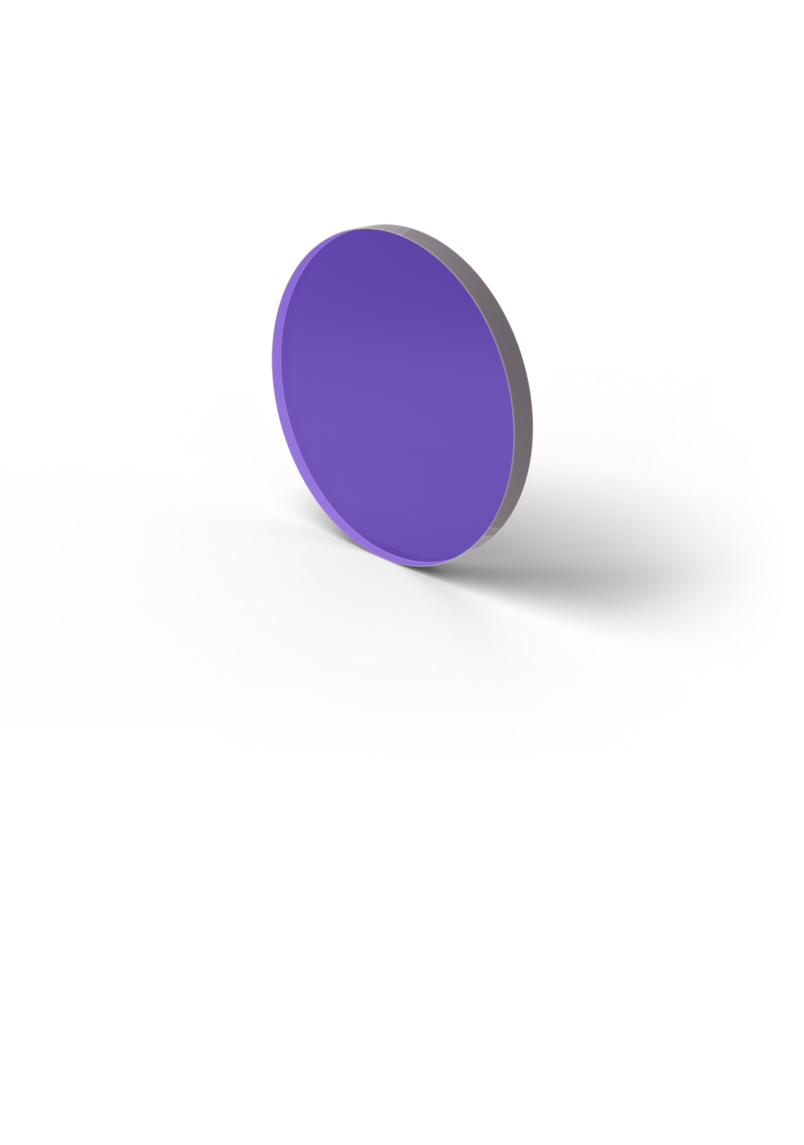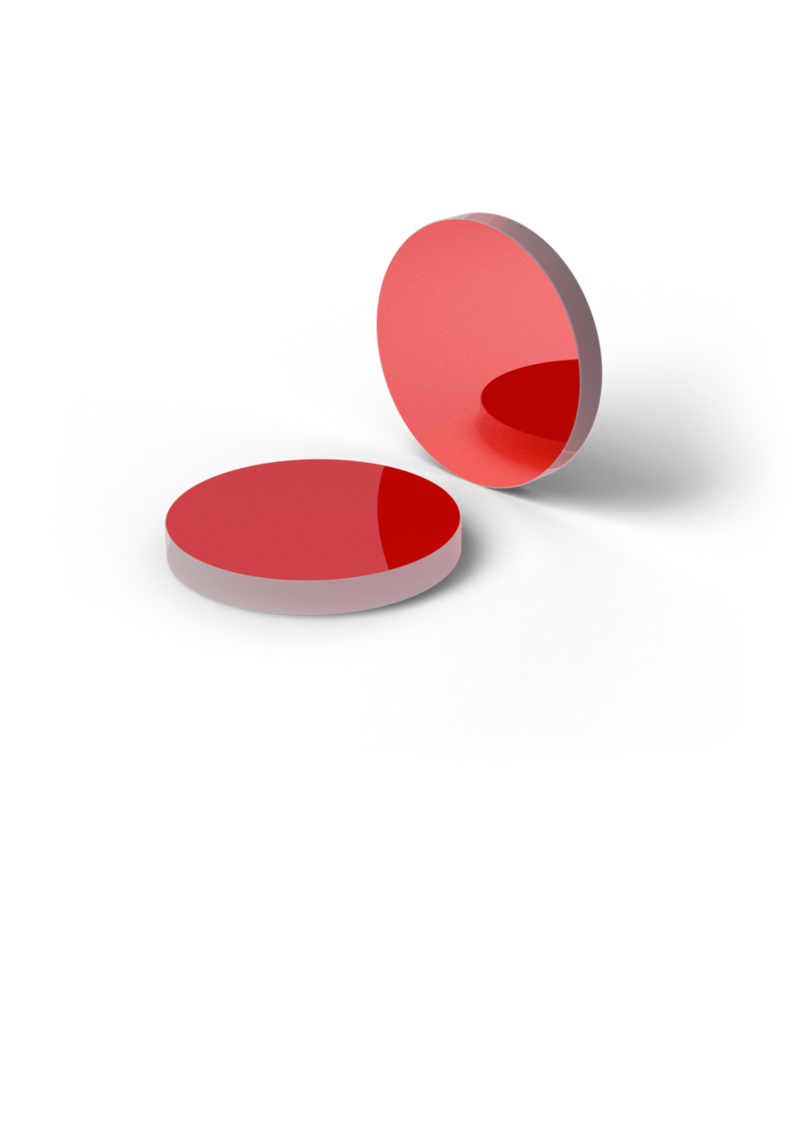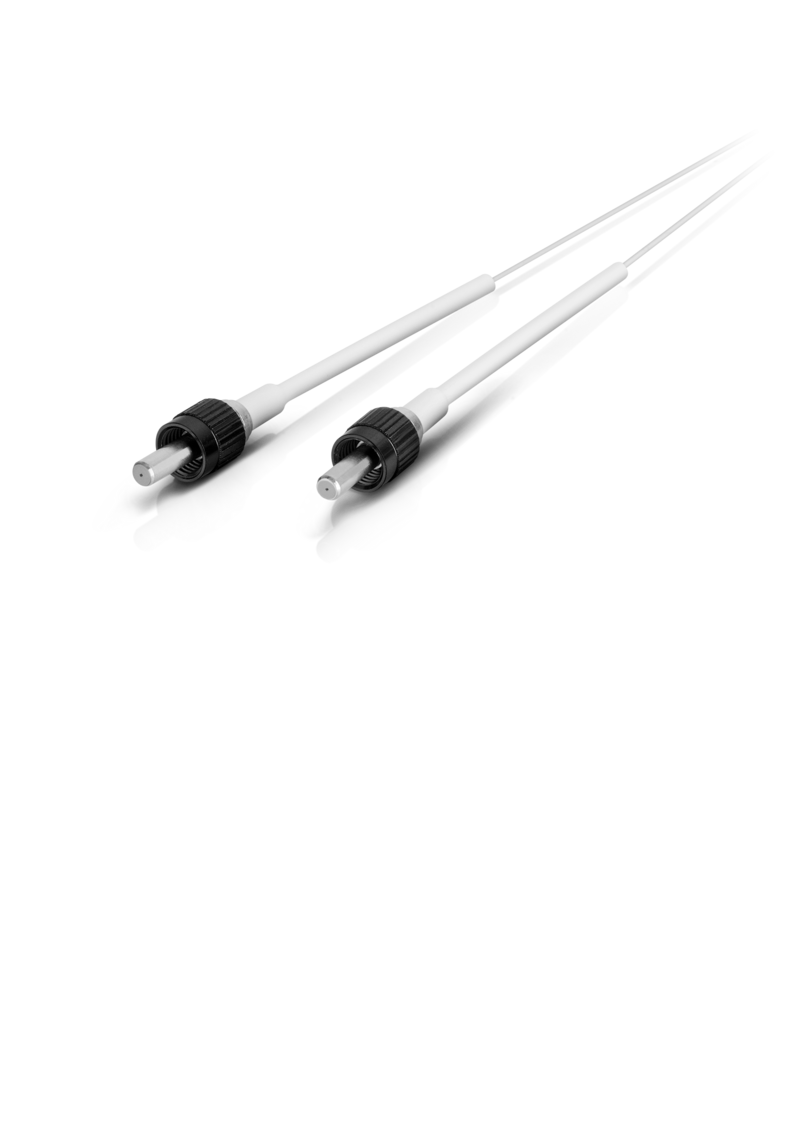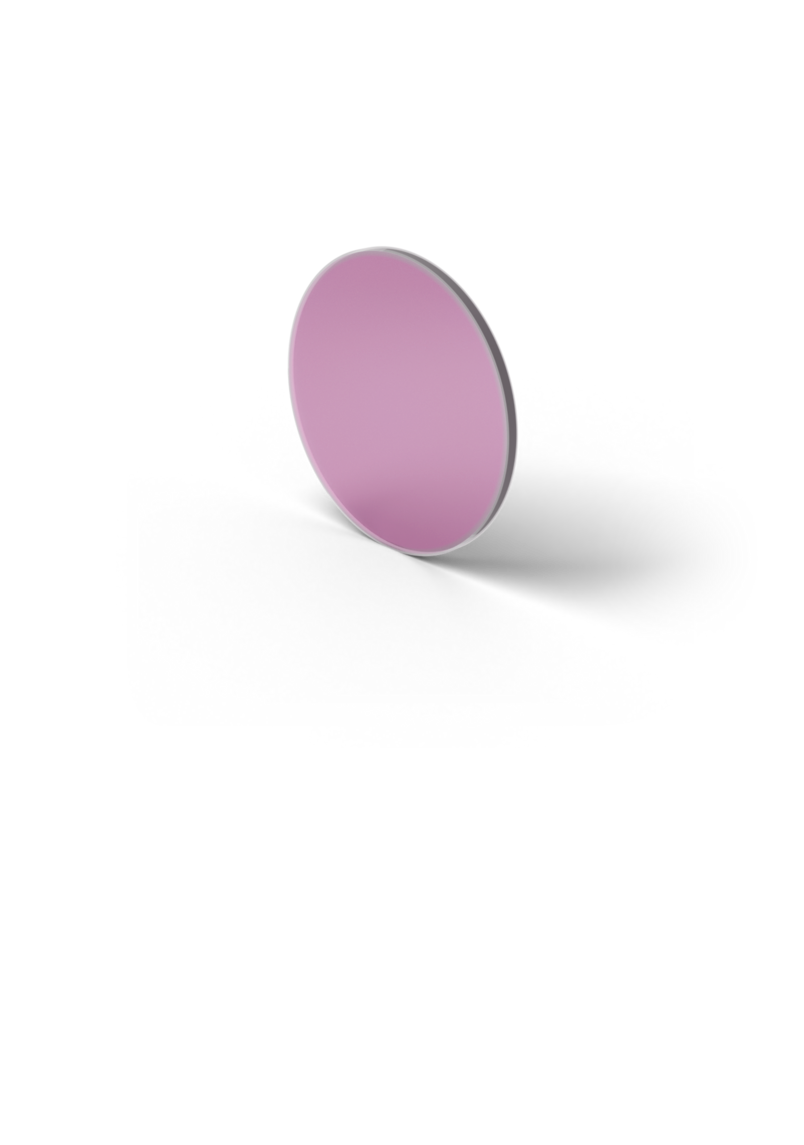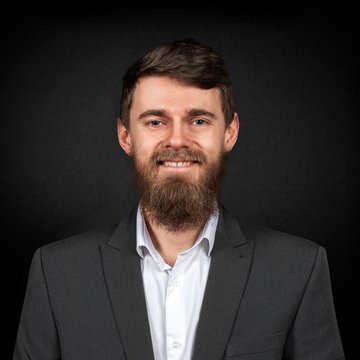Turn on the Spot for Flawless Beauty
Tattoo removal with laser light
The history of “tattooing” goes back several thousand years; in fact, even Ötzi the glacier mummy had a marking made with ash under his skin [1]. For many years, tattoos were considered an irreversible skin pigmentation; however, special laser technology now makes it possible to remove tattoos. This technology is in increasing demand.
Currently, laser treatment is the most efficient method; it is clean, safe, and almost painless. In most cases, up to fifteen sessions are necessary to remove the tattoo. However, success cannot be guaranteed because residue could remain visible.
The effect of laser therapy varies depending on the type of tattoo: in particular, it depends on the colors used, the density of the pigments, and the depth of pigmentation. During removal, a “selective photothermolysis” mechanism is used. [2]
SELECTIVE PHOTOTHERMOLYSIS
Beyond Borders
During this process, the target structure is selectively destroyed without significantly damaging the surrounding tissue or epidermis. This destruction is carried out by emitting a short laser pulse that results in the heating of the absorbing target structure [3].
Simply put, color pigments absorb much more intensely than the surrounding tissue: the high energy density of the laser light destroys the color pigment, and the remaining pieces are absorbed by “scavenger cells” and removed by the lymph system.
This also explains why tattoos created by novices can often be removed more easily: To ensure that a tattoo has an intense color, professional tattoos often have a higher pigment density and are injected more deeply. In order to destroy all of the structures, more treatments are necessary. Dark colors can also be removed more easily due to the absorption behavior. With color tattoos and bright tattoos, removal is significantly more problematic.
LASER TYPES
Beyond Borders
Certain demands are placed on the lasers used: Light must be emitted in very short pulses, and the wavelength must be selected according to the absorption behavior of color pigments.
For successful photothermolysis, pulsed and Q-switched lasers are necessary: Q-switched Rubin and Nd:YAG lasers or alexandrite lasers are widespread [4].
Rubin lasers: The Q-switched 694 nm Rubin laser has a pulse duration of 40 ns. Its radiation is particularly well suited for the removal of dark tattoos (black, blue, green). Through low absorption into blood and water during treatment with a Rubin laser, undesired side effects in blood vessels or other tissue are practically nonexistent. The Rubin laser is also used for the removal of benign pigments [5].
Nd:YAG lasers: The use of two different wavelengths (1,064 nm and 532 nm) in Q-switched Nd:YAG lasers increases the variability of the system. With a pulse length of 8 ns, Nd:YAG lasers of the wavelength 1,064 nm affect black and blue tattoos. By inserting a frequency-doubling crystal, the wavelength is reduced by half to 532 nm to destroy red color pigments. Moreover, this wavelength can also be mixed with a dye to produce the wavelength 585 nm (dye laser). This allows the effective removal of light-blue tattoos [5].
DERMATOLOGICAL LASER SYSTEMS
Laser systems (e.g., the TattooStar Effect COMBO from Asclepion Laser Technologies) combine different Q-switched lasers with up to four wavelengths to also remove color tattoos.
SOURCES
Beyond Borders
[1] Ötzi Mumie, Südtiroler Archäologiemuseum, Bozen. www.iceman.it/de/mumie/#Tätowierungen; (Abruf: 19.10.2016)
[2] M. Landthaler & U. Hohenleuter; Laseranwendungen in der Deramatologie; Deutsches Ärzteblatt 95(6), 1998 - www.aerzteblatt.de/pdf.asp?id=9351(Abruf: 18.10.2016)
[3] Kastenbauer, Ernst R. et al; Ästhetische und Plastische Chirurgie an Nase, Gesicht, Ohrmuschel; Georg Thieme Verlag 2005; Seite 287 ff.
[4] Wolf-Ingo Worret & Christian Raulin; Entfernung von Tätowierungen, Behandlung mit Nanosekundenlasern; ästehetische dermatologie; 01.2016;
www.laserklinik.de/fileadmin/user_upload/laserklinik/pub/Tattooentfernung_worret_raulin.pdf (Abruf 10.10.2016)
[5] Asclepion Laser Technologies; TattooStar Familie; 2015; asclepion.com/wp-content/uploads/2015/09/Brochure_TattooStar_2015-09_DE.pdf (Zugriff: 19.10.2016)
Product Overview
Laser Optics for medical lasers

Click here
LASER COMPONENTS UK - Your competent partner for optical and optoelectronic components in the United Kingdom.
Welcome to LASER COMPONENTS UK Ltd., your expert for photonics components. Each product in our wide range of detectors, laser diodes, laser modules, optics, fiber optics, and more is worth every Pound (£/GBP). Our customized solutions cover all conceivable areas of application: from sensor technology to medical technology. You can reach us here:
Goldlay House, 114 Parkway
Chelmsford Essex CM2 7PR
United Kingdom
Phone: +44 1245 491 499
Email: info(at)



